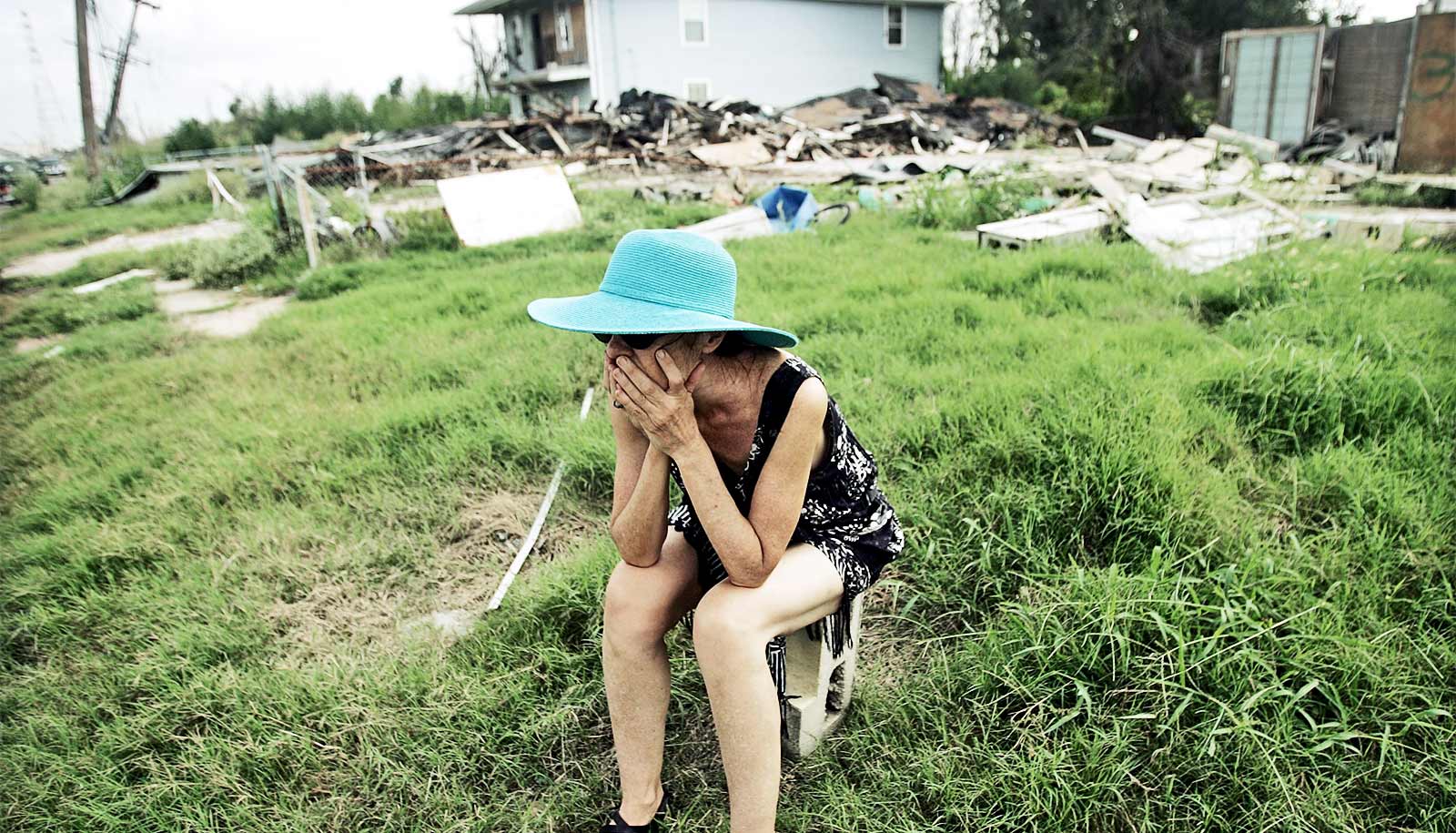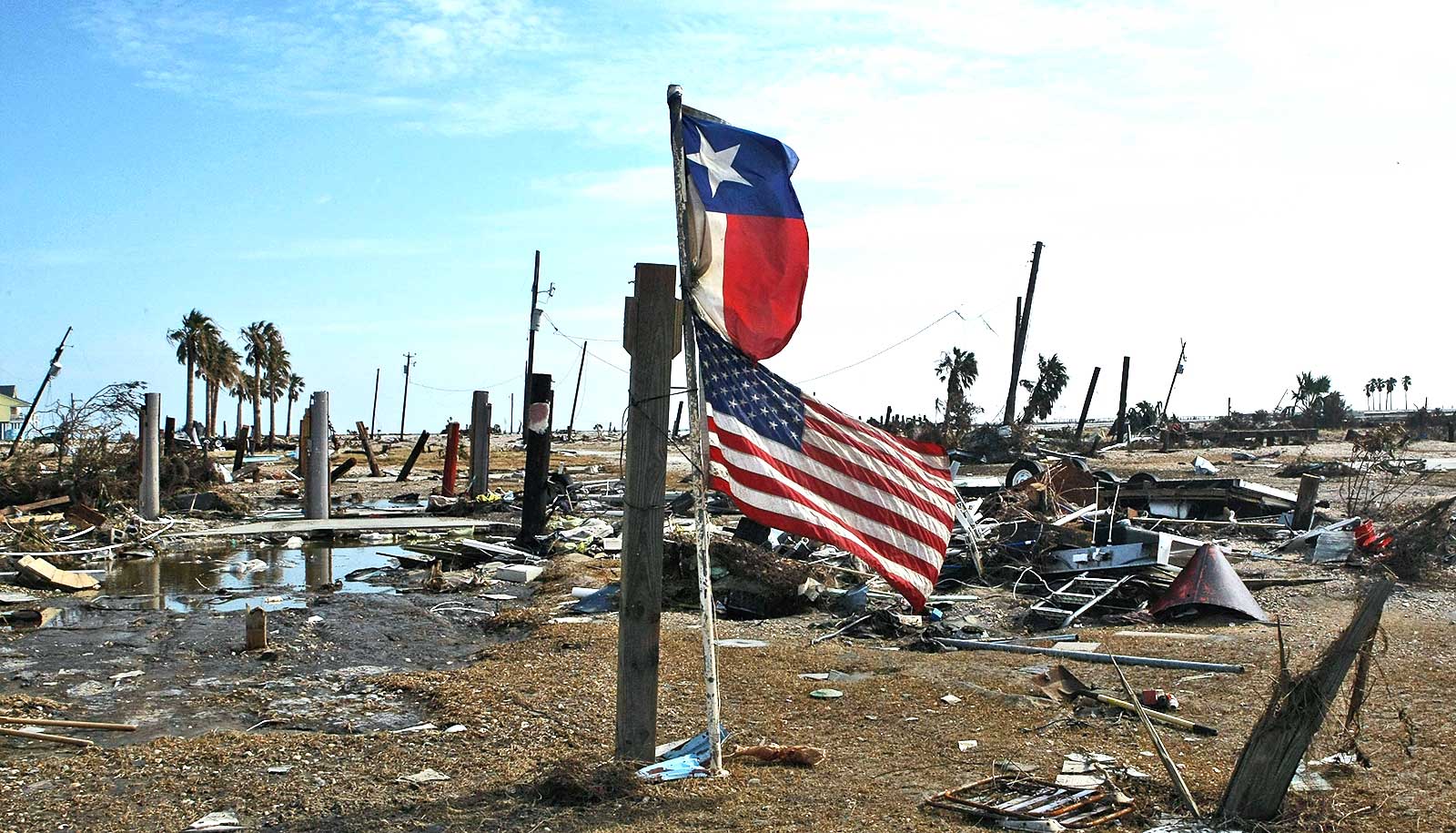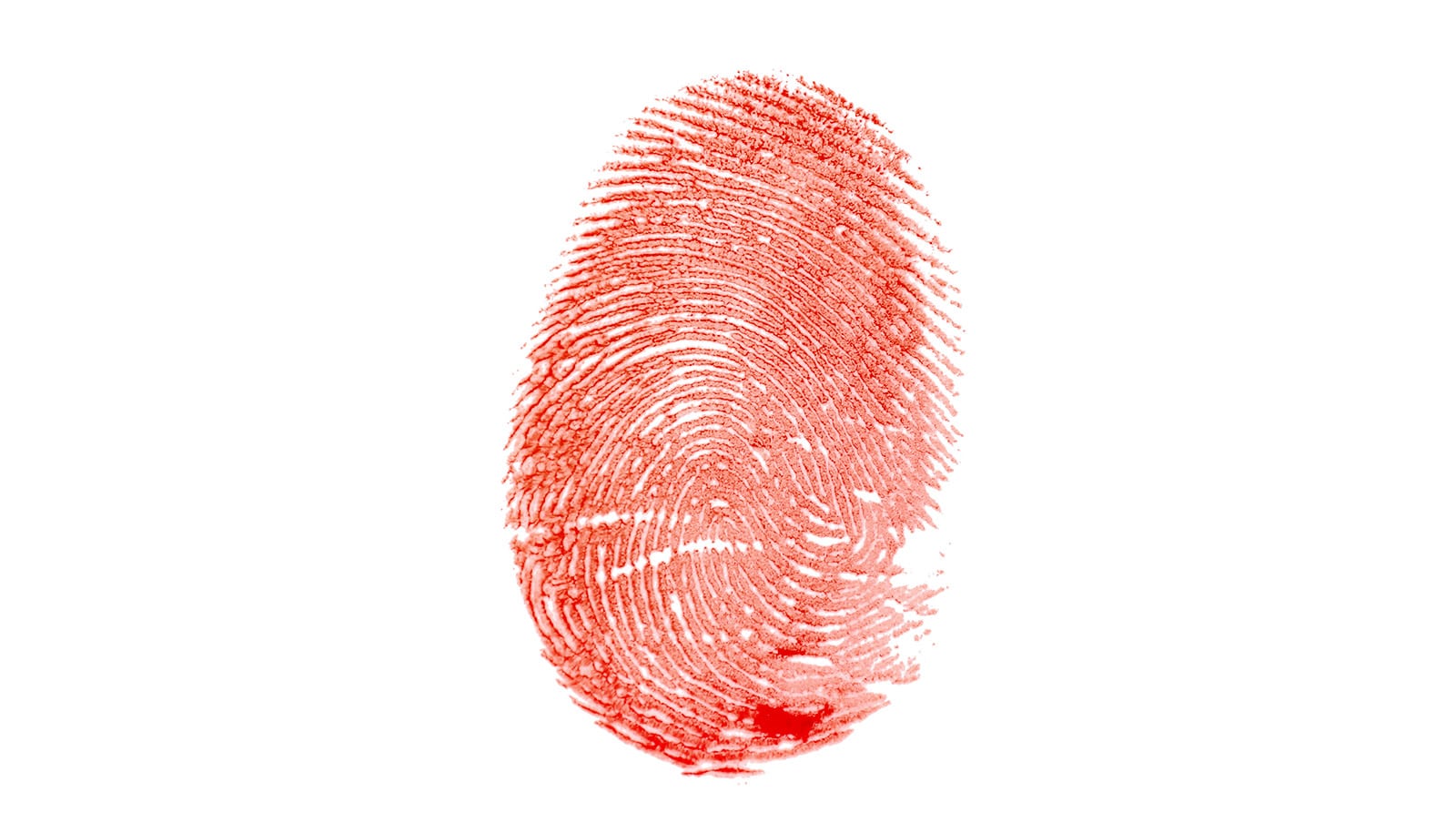Breast cancer patients who endured Hurricane Katrina in 2005 have a 15% higher mortality rate than patients not exposed to the storm, new research suggests.
Disaster-related health care disruptions likely caused the increase, says Sue Anne Bell, an assistant professor at the University of Michigan School of Nursing and first author of two unrelated studies outlining the findings.
The most recent study, published in the Journal of General Internal Medicine, compares cancer patients in Louisiana who lived through Hurricane Katrina to similar patients who did not experience a hurricane.
The second, which appears in Disaster Medicine and Public Health Preparedness, analyzes interruptions in home health care during Hurricane Harvey, which hit Texas in 2017. While the study didn’t look specifically at cancer patients, the overall findings may help explain the higher breast cancer mortality rate for Katrina survivors, Bell says.
Both studies suggest a larger, more somber message.
“With an aging population there’s a much higher rate of chronic disease that requires sustained treatment and access to health care,” Bell says. “How will we meet dialysis needs or the needs of someone with high blood pressure or diabetes or cancer?
“Even missing one week of chemotherapy has significant effects on long-term mortality. What does it mean if your access to health care is disrupted for an even longer period of time because of a disaster?”
What happens to people in a disaster?
In the cancer study, researchers compared 10-year mortality rates of Katrina survivors diagnosed with breast, lung, or colon cancer within six months of the hurricane, against similar cancer patients elsewhere. They identified 1,738 cancers cases in the 12 parishes in Louisiana most affected by Katrina and 6,557 cases in unaffected counties.
After adjusting for sociodemographic characteristics and cancer stage, associations among all cancer types trended toward higher mortality, but the association was statistically significant only among breast cancer cases.
Bell believes that number is higher, because difficulty in quantifying geographic inequalities that account for higher mortality among poor people diagnosed with cancer limited the study.
“One goal of my work is to find ways to drill down to the specificity of care within counties affected by a disaster,” Bell says. “There is a lot of variability. We need more precise ways to measure what happens to people after a disaster.”
The first step is getting a clear picture of the outcomes for older adults and people with chronic diseases after a disaster, she says.
“In the meantime, sharing resources like medical records, making them easier to access, and cooperative agreements between health systems that are receiving survivors would help.”
Too much unmet ‘need and misery’
In the home health study, despite activating emergency plans, only 45% of 122 Texas home health agencies stayed open during Hurricane Harvey, Bell says. Three-fourths reported disrupted home visits and nearly half of those lasted longer than one week. Yet, only 3% of agencies reported receiving outside help.
As a clinician scientist and disaster responder, Bell sees unmet need and misery during and after disasters—especially in the elderly or chronically ill.
During Hurricane Maria in Puerto Rico in 2017, Bell says she “saw hundreds of people waiting to be seen for primary care complaints because they didn’t have health care. They came multiple times and waited hours. Hospitals were full, health care offices were closed.”
Planning is important, she says. In the home care study, agencies reported moving up treatment for dressing changes or medication refills. Individuals should know medications and doses, and strategize backup plans with a PCP, Bell says.
“For instance, what if there’s no power for electrical medical equipment? What if I must evacuate and miss medical appointments? There’s a fair bit of personal accountability that the individual can do beforehand.”
Source: University of Michigan



